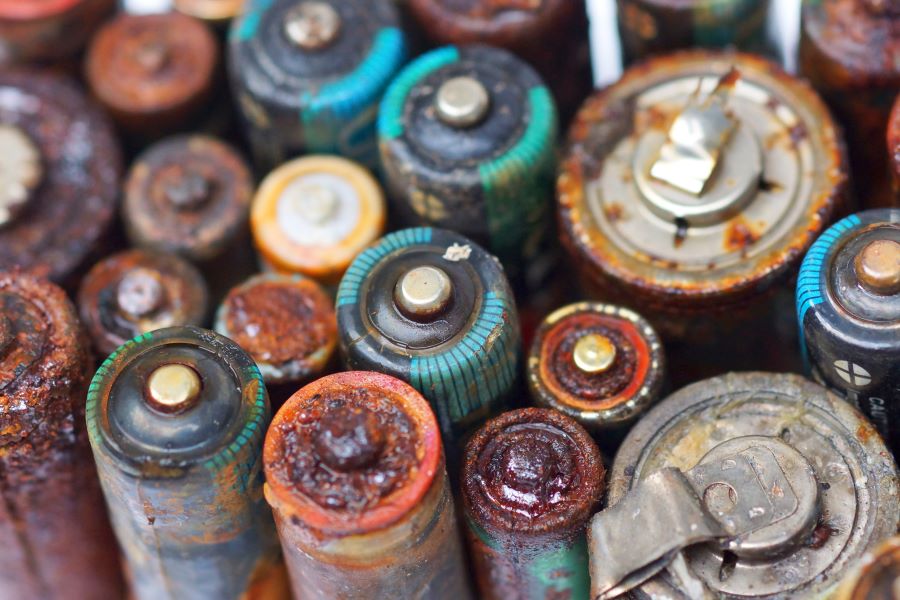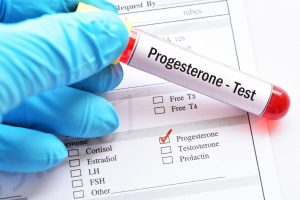7 Common Sources of Lead in the Environment

Lead is especially dangerous because it accumulates in a chlid’s developing brain and nervous system, potentially causing all sorts of developmental and behavioral issues. While it’s virtually impossible to completely avoid lead — it’s present throughout the environment — it can help to understand the main sources of lead exposure. Here are seven of the most common sources of lead contamination:
Lead-based paint. Until 1978, paint containing lead was used in more than 38 million homes in the United States. This means lead can get into your system by inhaling lead dust (which is invisible) or eating paint chips (and babies who put everything in their mouth can certainly do this!). Pregnant women or parents who live in a home built before 1978 should let their doctors know so they can have a discussion about safety measures and lead screening.
Water. Your drinking water may come into contact with lead if it runs through pipes or plumbing fixtures that are older. Prior to about 1986, lead was used in certain piping material, solder, and plumbing fixtures. You can get more information here about how to find out how to screen your drinking water and what to do if there is lead in it.
Living near a lead source or working in one. Lead sources include mines, battery recycling plants, and smelters. Jobs that may come into contact with lead include battery and paint manufacturing, ship building, and plastic manufacturing, to name a few. If you live near one of these places, or work in one or have a family member who does, you should be tested as you may be at risk for having high lead levels in your blood.
Playing in (and eating) dirt. Soil can contain lead, and children who eat dirt (either on purpose or by accident!) can be at risk for having higher lead levels because of this. Pregnant women who suffer from pica are also at similar risk. And since this lead-contaminated dirt can be tracked in the house, dust and dirt with traces of lead can bring the contaminant back home.
Using traditional pottery for serving food. Certain traditional pottery and ceramicware may contain high levels of lead, which can leach into the food. The Food and Drug Administration has issued a guideline about this to help with food safety and avoiding lead exposure.
Using imported cosmetics, jewelry, and toys. Some of these products (which tend to be imported) may contain toxic levels of lead. Parents should check the Consumer Products and Safety Commission to make sure none of their children’s toys or jewelry have been recalled due to lead. As kids often put these products in their mouths, they are at particular risk for lead poisoning.
Hobbies like making stained glass or pottery. These hobbies may use lead-based glazes or paints. Women who participate in these hobbies should let their doctors know so their lead levels can be checked.
Sources:
- Agency for Toxic Substances & Disease Registry
- Lead Toxicity: Where Is Lead Found?
The American Congress of Obstetricians and Gynecologists - Committee Opinion #533: Lead screening during pregnancy and lactation
- August 2012.
Powered by Bundoo®










